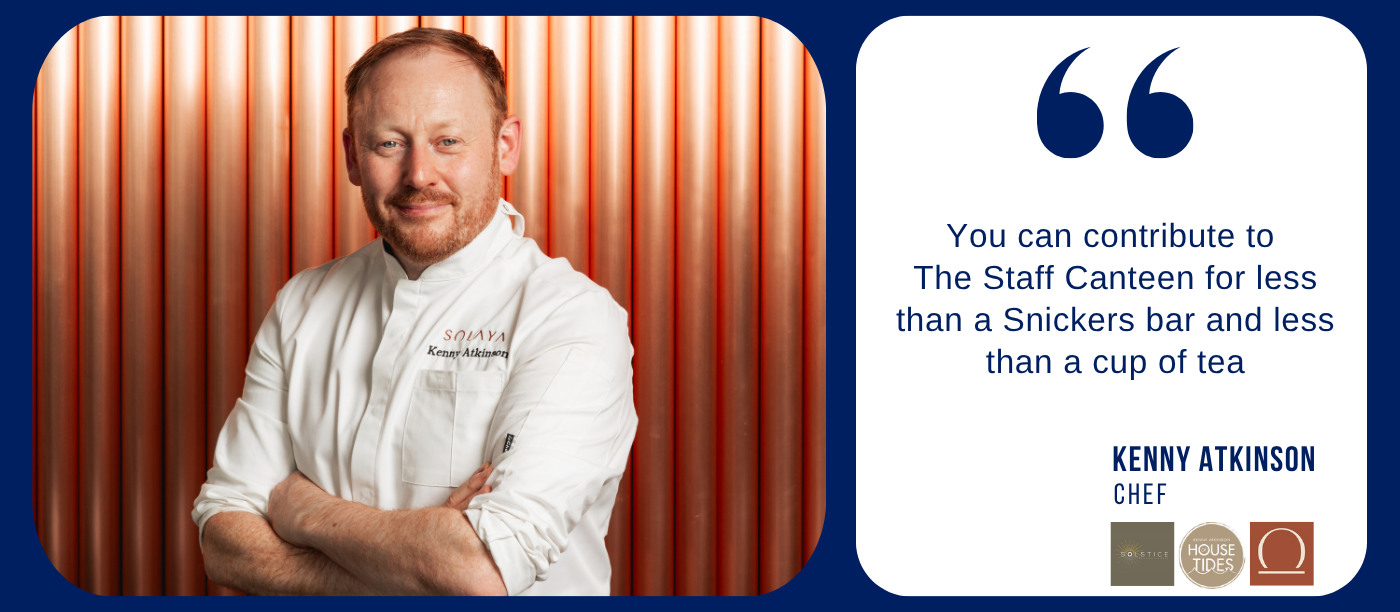with such a passion for food, has an enviable talent pool of chefs and restaurants. Antonio Carluccio, for instance, has made a career out of exporting Italian food and drink to the United Kingdom for which he was awarded the ‘AA lifetime achievement’ award in 2012.
The highest accolade for any restaurant is the much coveted three Michelin stars. There are eight such restaurants in Italy. One of which is
Massimo Bottura’s ‘Osteria Francescana’ that opened in 1995. Located in the northern city of Modena, it took just 16 years for the restaurant to be awarded its third star, achieving one of Bottura’s lifelong ambitions in the process.

In the 2014 guide, Michelin awarded Reale in Castel Di Sangro, Abruzzo, a third star. Ristorante Reale, housed in a former monastery, is run by chef Niko Romito and his sister Christina. The restaurant was awarded its first star in 2007, the second followed in 2009. Sergio Lovrinovich, editor in chief of the Michelin guide Italy, on Niko Romito: "he's a chef whose personality infuses each of his dishes".
Massimiliano Alajmo is the youngest chef in history to have been awarded three stars by the Michelin guide. He won his third star in 2002, just 28 years of age. Alajmo is a part of the fifth generation of the Alajmo family self-employed as chefs and restaurateurs. He now works in the legendary ‘Le Calandre’ restaurant in Padua, adding to his and his family’s very strong culinary reputation.
Italy's three-star restaurants are: Piazza Duomo in Alba, Da Vittorio in Brusaporto, Dal Pescatore in Canneto sull'Oglio, Reale, Osteria Francescana, Le Calandre in Rubano, Enoteca Pinchiorri in Florence and La Pergola in Rome.
Italy, as we all know, has an exemplary culinary reputation and the 2015 guide has furthered this culinary heritage.
By Tom Evans
See the full Italian Michelin Guide here.



 Milan, where cooking is done with butter, gives its name to several dishes such as ‘minestrone alla Milanese’. The best wines come from the district of Verona. Norcia, the capital of Umbrian cuisine, is the home of black truffles, specialising in pork dishes. Naples is the home of spaghetti, while the island of Sardinia is famous for malloreddus, pasta shells with sausage and tomato. Italy has been a unified nation for less than 150 years and the diversity of regional cuisine clearly illustrates the proud heritage of the individual cultures.
Italy, a country
Milan, where cooking is done with butter, gives its name to several dishes such as ‘minestrone alla Milanese’. The best wines come from the district of Verona. Norcia, the capital of Umbrian cuisine, is the home of black truffles, specialising in pork dishes. Naples is the home of spaghetti, while the island of Sardinia is famous for malloreddus, pasta shells with sausage and tomato. Italy has been a unified nation for less than 150 years and the diversity of regional cuisine clearly illustrates the proud heritage of the individual cultures.
Italy, a country











